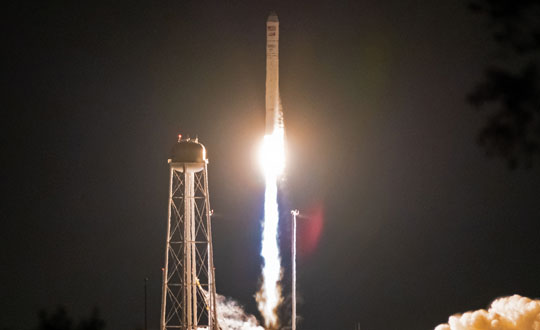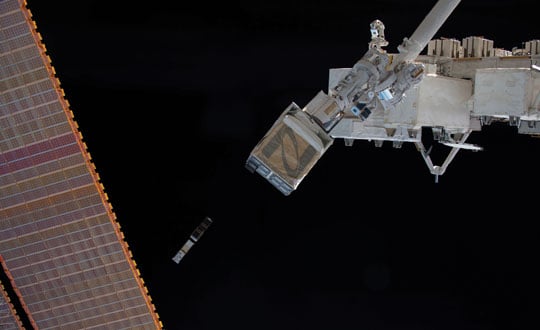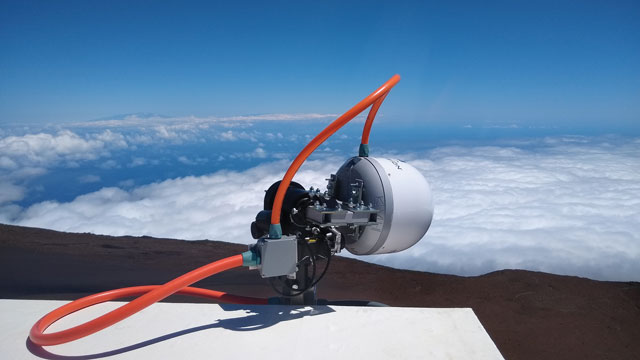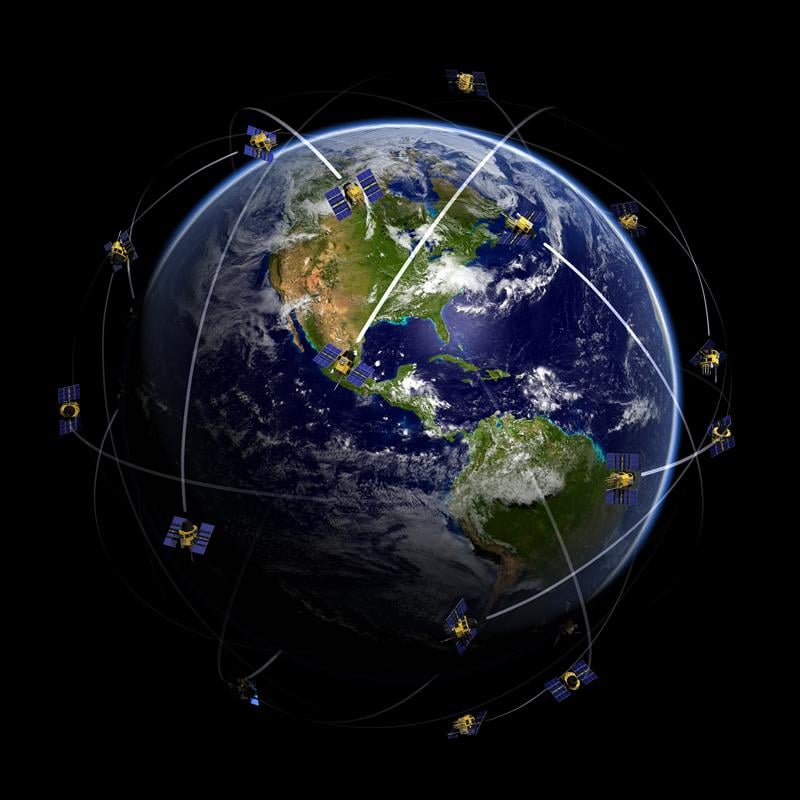
GNSS timing measurements from a low-Earth orbiting satellite
March 5, 2024
Read Richard Langley’s introduction to this article: “Innovation Insights: What is a CubeSat?” Bobcat-1 was a three-unit CubeSat […]
Read More

Read Richard Langley’s introduction to this article: “Innovation Insights: What is a CubeSat?” Bobcat-1 was a three-unit CubeSat […]

This is an introduction to the February 2024 Innovation article, “GNSS Timing Measurements from a Low-Earth Orbiting Satellite.” […]

In this quarter’s “Innovation” column, we have an article by some members of the team who built and operate the GNSS-R system on the top of Haleakalā. They explain how the system works and some of the preliminary observations and results they have obtained. More science in paradise!

In this quarter’s “Innovation” column, members of the team who built and operate a GNSS-R system on the top of Haleakalā explain how the system works and some of the preliminary observations and results they have obtained.

Read Richard Langley’s introduction to this article: “Innovation Insights: Falcon Gold analysis redux” As part of NASA’s increased […]

Researchers at the University of Minnesota are taking a fresh look at the Falcon Gold data using some innovative analysis tools. In this quarter’s Innovation column, researchers at the University tell us about their work and its potential benefit.

While I’m likely preaching to the choir here, GNSS cannot work unless we have an accurate description of the orbits of the satellites and the behavior of their atomic clocks.

Read Richard Langley’s introduction to this article: Innovation Insights: Antennas and photons and orbits, oh my! To produce GNSS […]
Follow Us